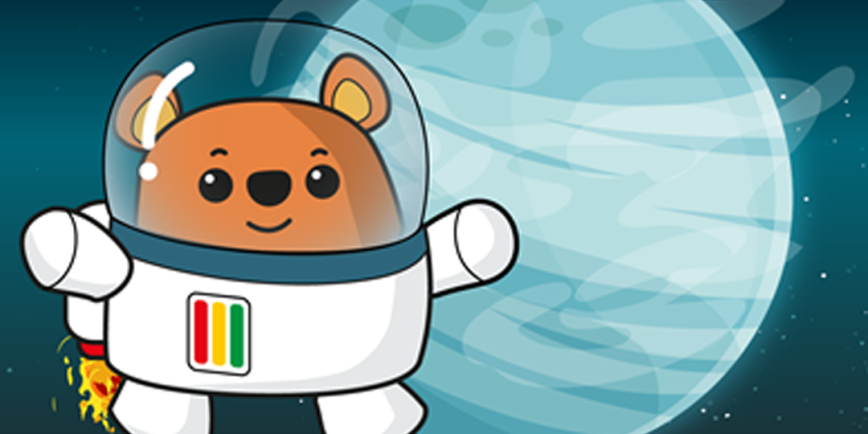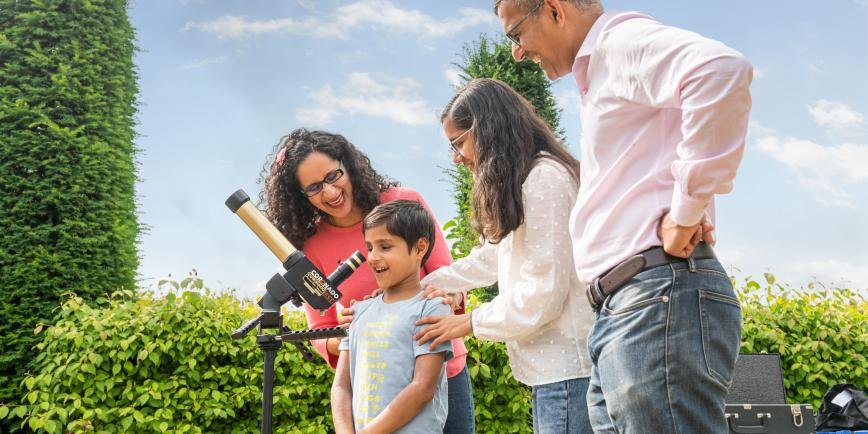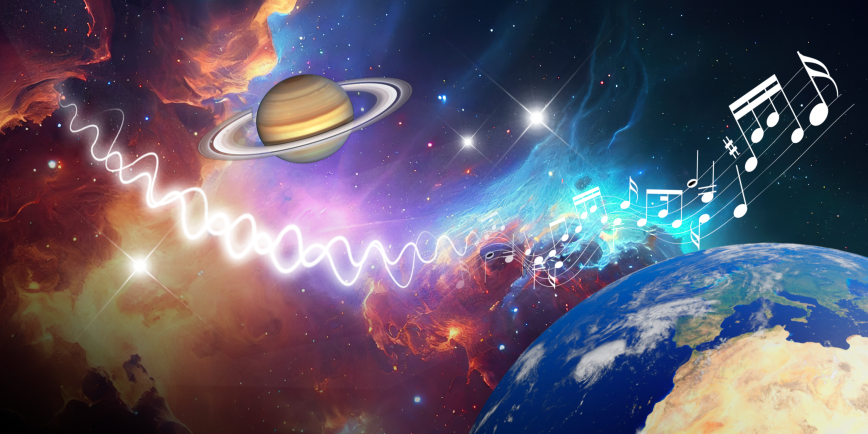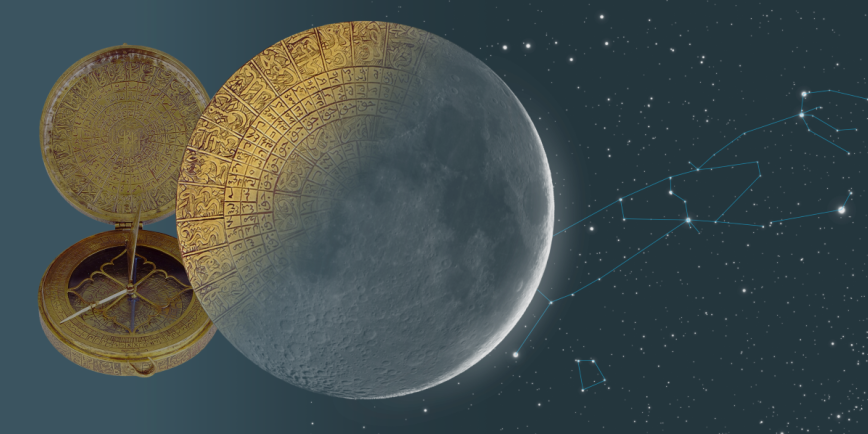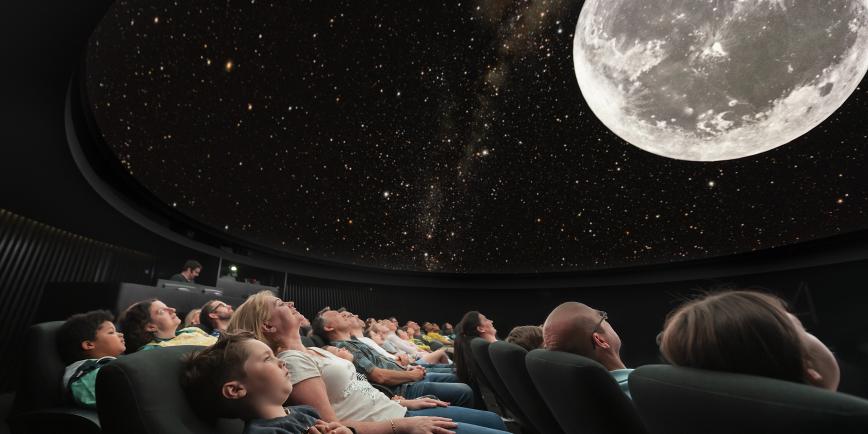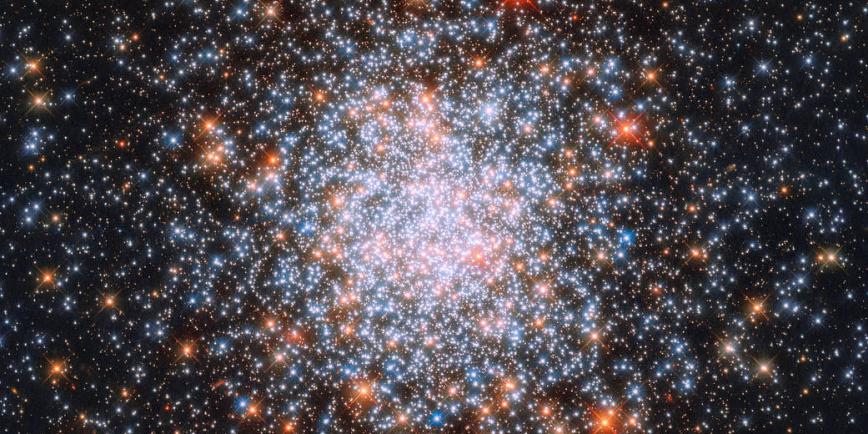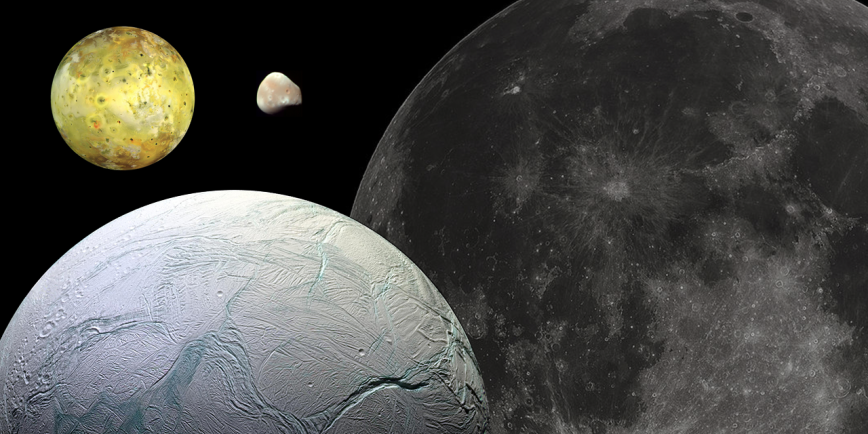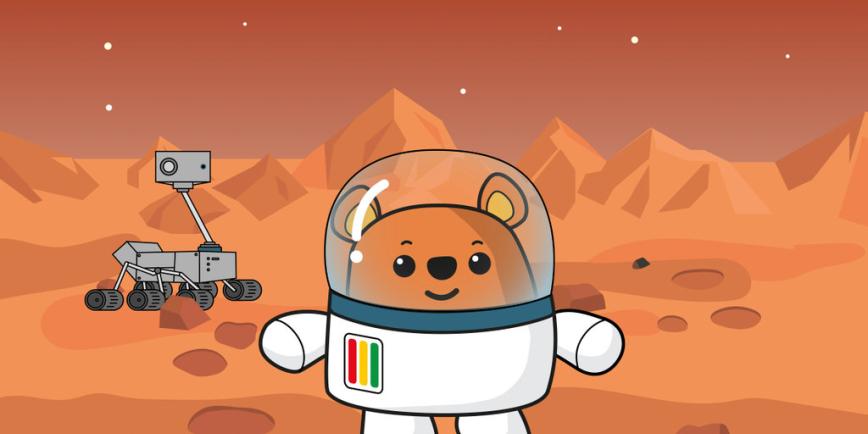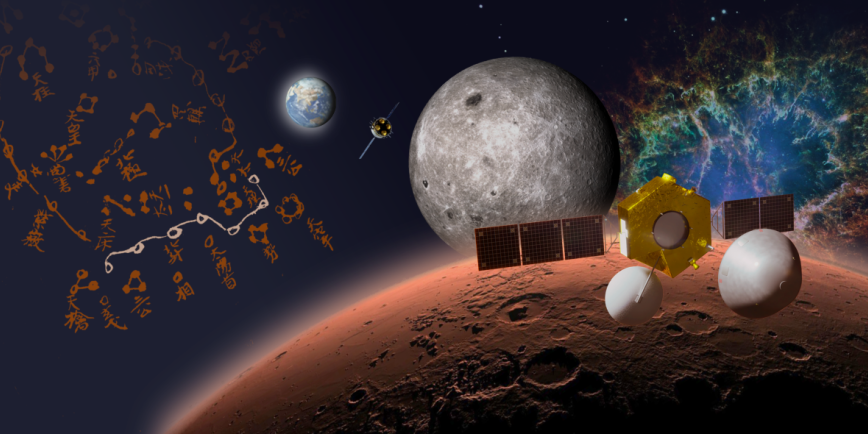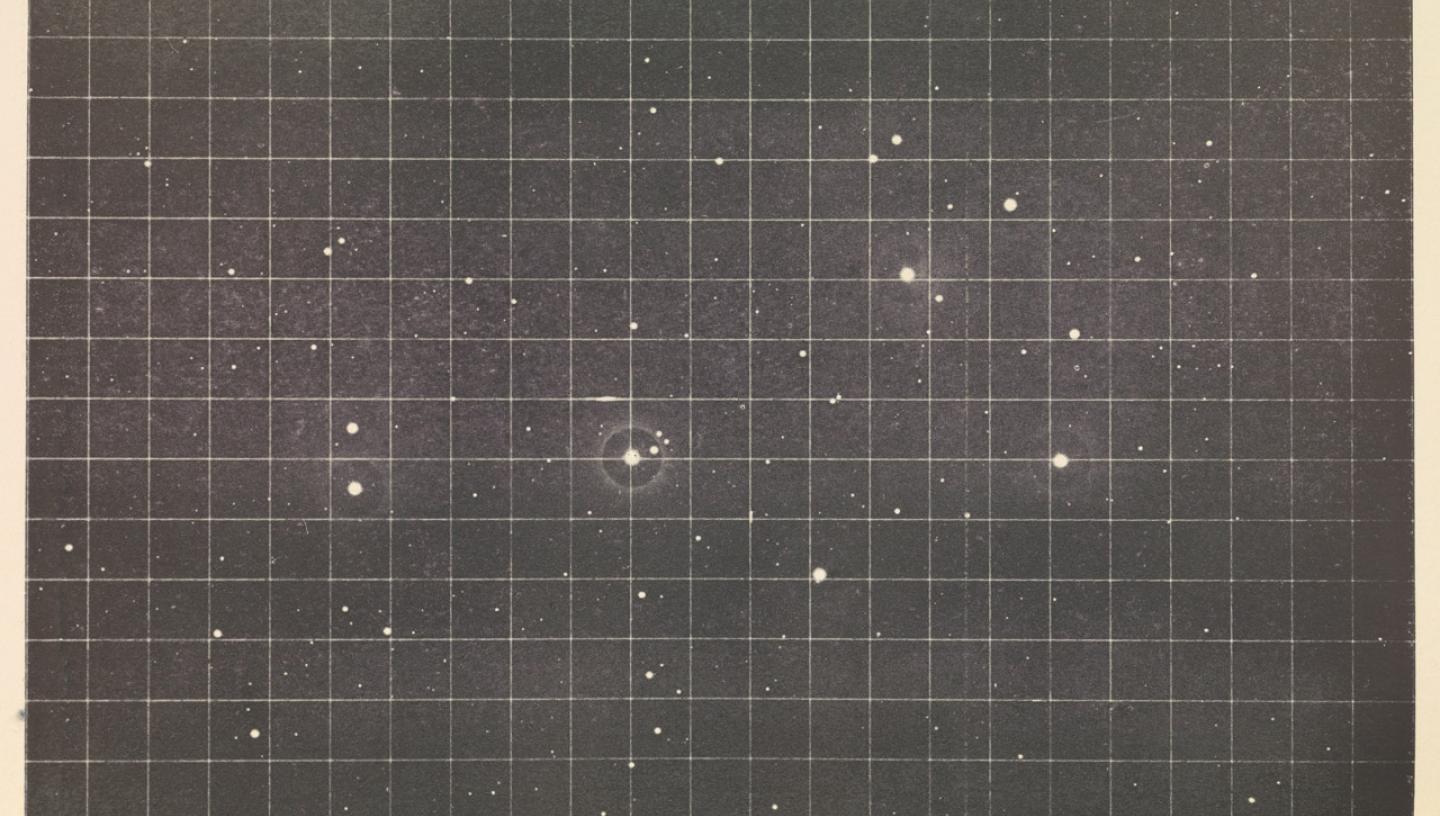
Essential Information
| Type | Talks and tours |
|---|---|
| Location | |
| Date and Times | Friday 28 March 2025 | 6.00-9:45pm |
| Prices | Adults: £10 | Students: £9 |
| 10% off for Members. Not a member? Join now |
As new technologies and instruments transformed astronomy in the late 1800s, observatory directors around the world started to employ women as cheap labour to help assemble and process vast amounts of photographic glass plates for new star catalogues.
Some of these ‘computers’ only stayed for a few months or years, but others became experts in their own right and forged long-term careers in astronomy and associated sciences.
Discover more about these pioneering women in an evening panel discussion and film screening at the Royal Observatory's Peter Harrison Planetarium in Greenwich.
Hear from researchers who have investigated women working at observatories in the UK, US and Australia. Who were these women? What did they do? What challenges did they face, and how did conditions vary between observatories?
The evening ends with a screening of Hidden Figures (2016) to illustrate the parallel themes of gender and race discrimination as experienced by women scientists in the Apollo space programme.
Meet the speakers
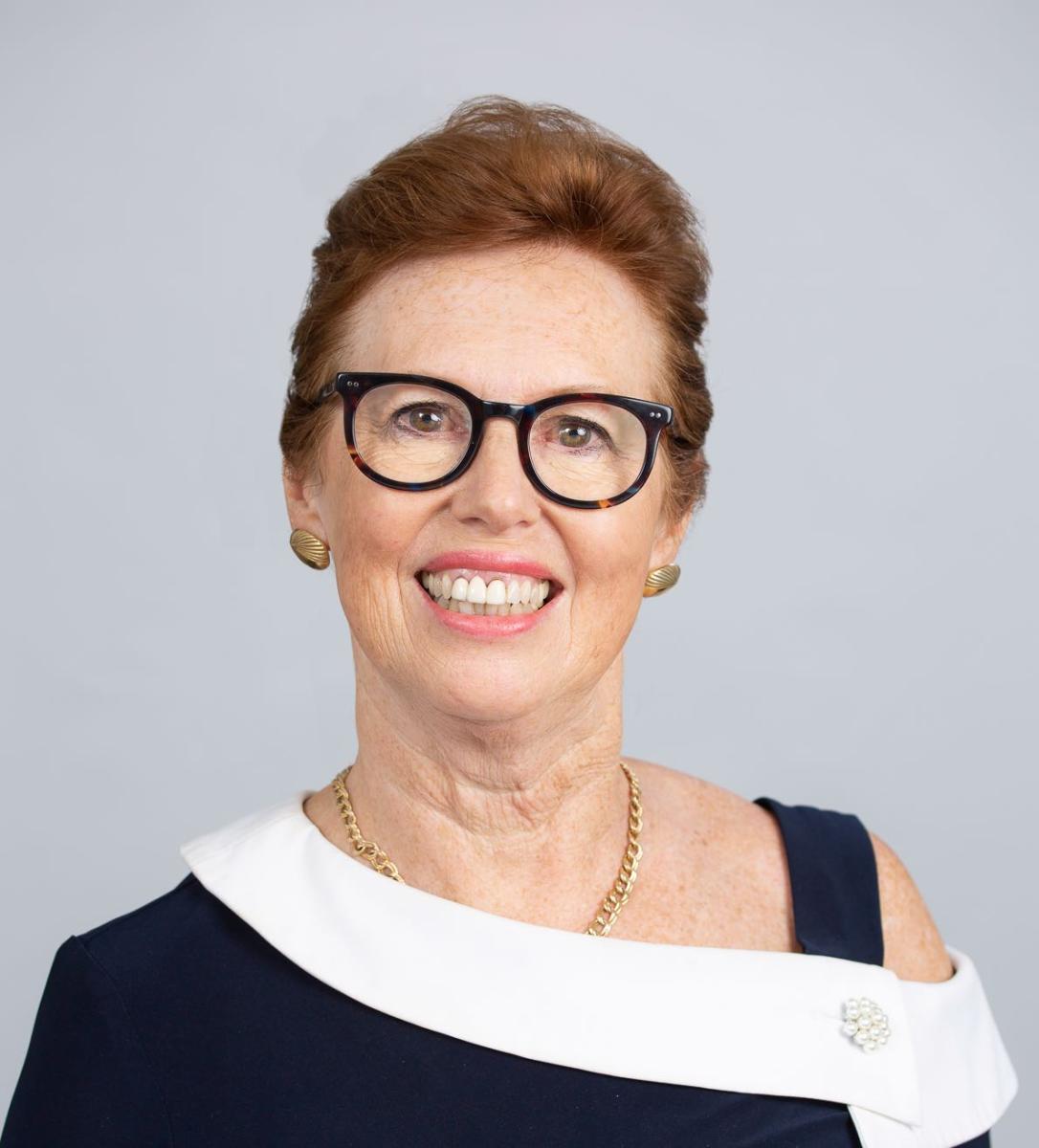
Toner Stevenson
Women astrographic computers in Australian observatories
Melbourne, Sydney, Perth and Adelaide Observatories participated in the Great Star Catalogue which began in 1887 and was completed in 1964, an endeavour to catalogue all the stars in the celestial sphere up to 11th magnitude using photography. As was directed by Greenwich and Paris Observatories, the astronomers in the antipodes employed women for the arduous task of measuring all the stars on the glass photographic plates, computing their positions and assembling the catalogue. These skilled women had the most star-rich sections of the Milky Way to contend with. Through case studies I will demonstrate that they were much more than ‘human computers’ and question who was making the critical decisions about the nature of stars.
Toner Stevenson is an honorary History affiliate in the Faculty of Arts and Social Sciences, The University of Sydney. She has a doctorate and researches the history of astronomy in Australia. A short film titled Human Computer produced by the Powerhouse Museum, several podcasts and a Biennale Artwork were based on her doctoral research into Australia’s participation in the Astrographic Catalogue. Toner was co-author of the Eclipse Chasers book published by CSIRO in 2023. Her extensive career in museums included Manager of Sydney Observatory. She is a member of the Royal Society (NSW) and former president of Sydney City Skywatchers.
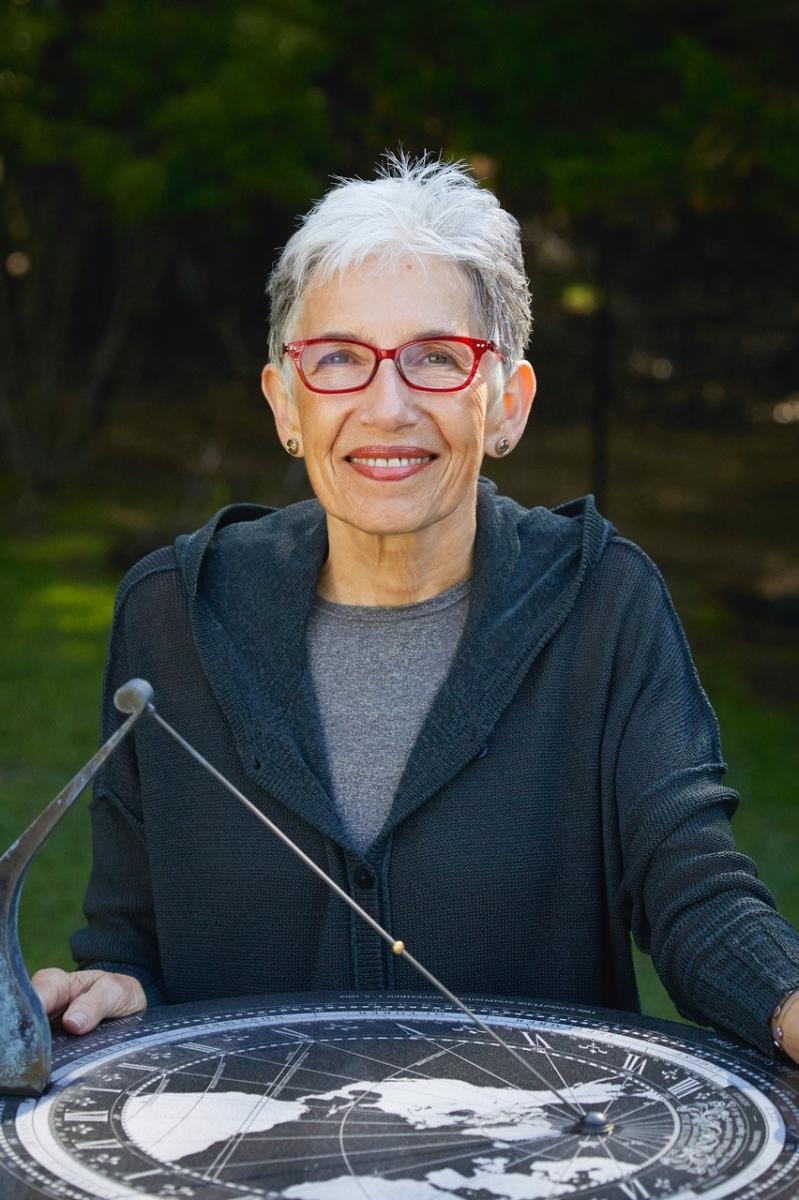
Dava Sobel
Women astronomical computers at Harvard College Observatory
Many of the Harvard College Observatory’s female staff started out as lady computers, only to become bona fide astronomers with global reputations in the late 19th and early 20th centuries. Director Edward Pickering’s farsighted hiring practices, coupled with his commitment to stellar photography, opened extraordinary opportunities for women in the “glass universe” of several hundred thousand glass-plate astro-images still housed at Harvard. Some members of the team of women astronomical computers, notably Antonia Maury, Annie Jump Cannon, and Henrietta Leavitt, were alumnae of the newly founded women’s colleges. Others, including Williamina Fleming, brought only a high school education and their own native ability. They helped discern what stars are made of, divided the stars into meaningful categories still in use today, and built the first rung on the ladder that gauges distances across interstellar space.
Dava Sobel is the author of Longitude, Galileo’s Daughter, The Planets, A More Perfect Heaven, And the Sun Stood Still, The Glass Universe, and, most recently, The Elements of Marie Curie. A former science reporter for the New York Times, she received the Harrison Medal from the Worshipful Company of Clockmakers in 2004, as well as numerous other awards and honors for her writing. Astronomers who admired her work paid her the compliment of naming an asteroid after her, 30935davasobel. In 2020 she introduced a monthly poetry column in Scientific American, called “Meter,” and continues to serve as its editor.
Please note: Dava will be joining us virtually for this event.
Plan your visit
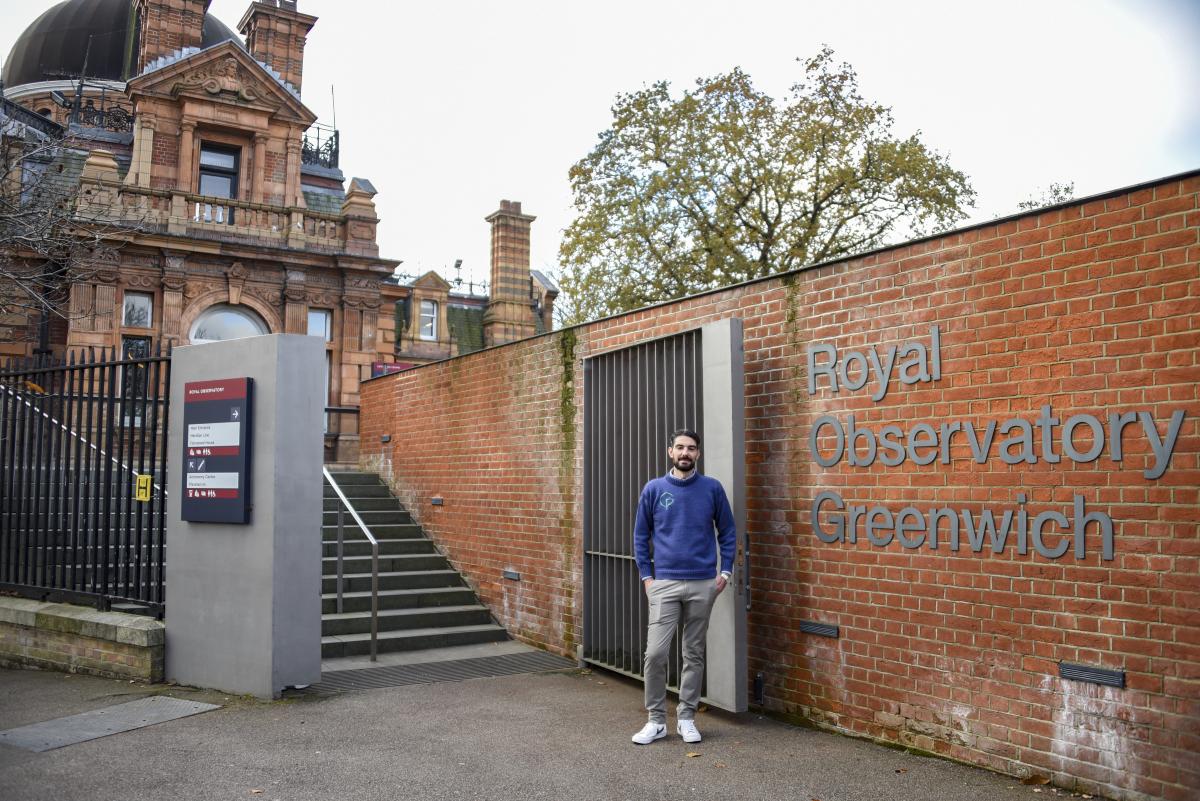
This event will be held inside the Peter Harrison Planetarium, part of Royal Observatory Greenwich. Enter via the Astronomy Centre gate (pictured).
Please aim to arrive at least 15 minutes before the event is due to start. The Observatory is situated at the top of a steep hill within Greenwich Park, so make sure you give yourself enough time to walk up (and enjoy the view!).
Getting to Royal Museums Greenwich
As this is an evening event, Greenwich Park will be shut once the session has concluded. Visitors must leave the Park via minibus, which will drop off at St Mary's Gate (at the northwest end of the Park).
Please be aware that this minibus is not wheelchair accessible. If you need to make alternative arrangements, please contact Bookings at bookings@rmg.co.uk or call 0208 312 6608.
Frequently asked questions
When should I arrive?
Please allow enough time to get to us and aim to arrive at least 15 minutes before the show’s start time on your ticket.
Can children attend?
This event is suitable for ages 16+.
What provisions are in place to support those with additional needs?
From moving around our site to being inside the planetarium, check out our full accessibility information here.
Note that access to the Observatory for this event is via minibus. Please be aware that this minibus is not wheelchair accessible. If you need to make alternative arrangements, please contact Bookings at bookings@rmg.co.uk or call 0208 312 6608.
I have another question.
Check our frequently asked questions here. If you're still not sure, call or email the Bookings team.
Call: +44 (0)20 8312 6608
Email: bookings@rmg.co.uk
What’s On
Find more events at the Royal Observatory.




